A Short History of My Shortwave/Ham Interests and Activities
When I was about eight years old, I got a hold of my parent’s Sony Multiband Portable radio. The following picture is an image of that model. It has four bands: FM, AM, LW, SW.

I soon discovered that the SW selection held very strange and somewhat exotic sounds and stations. As you might have guessed from above, SW stands for Shortwave–which describes the size of the radio wave used to transmit the signal that the radio can tune and listen in on.
(and the other three bands are: LW, for Longwave–those frequencies below 530 kHz; MW, for Mediumwave which is what is used in the domestic broadcast band between 530 kHz and 1750 kHz or so; FM (frequency modulation), the popular band of radio spectrum that everyone seems to enjoy, with music, talk, and other formats). The receiver only receives the Amplitude Modulation (AM) modulation mode, for the LW, MW, and SW bands.
As I began to discover the wide variety of signals–not only odd, interesting noises and pops, whistles, and alien-like sounds, but also a great variety of radio stations from all parts of the world–I became deeply interested in the technical aspects of what made this little radio achieve such great magic.
These exotic signals fascinated me. Some of the signals I could understand, as they were International Broadcast stations from foreign countries–stations like the BBC, Radio South Africa, Radio Moscow, Radio Nederland, and the Deutsche Welle. Many of these stations had English broadcasts, but others were in other languages, which I did not understand.
It seemed very magical that the BBC (England), RSA (Radio South Africa), !CBC (Radio Canada International), Radio Australia, and so many more exotic stations, could be heard by me in the middle of Montana’s Rocky Mountains. Hearing these signals lured me into listening and learning more about Shortwave Listening to the point that I was hooked for life.
Other signals were (as I came to learn, later in life) Morse code, RTTY (Radio Teletype), or, time signals. Every day, I would sneak that radio out to a nearby large field, extend the telescoping antenna, and start tuning around to explore what I could discover.
There were nights I would listen to that radio from underneath the bed covers, hoping not to be noticed by my parents. But I heard so many things that I just had to explore as much as I could.
Within the first year, I discovered WWV, and heard the hourly solar and terrestrial activity reports. I was about eight years of age, and never heard of sunspots, or geomagnetic anythings. But, Skylab was just deployed, and I read about the artificial eclipse that they used to study the Sun.

With the excitement over Skylab, and my new-found fascination with Shortwave and the Sun, I began to ask librarians for books on these topics. I even got ahold of library-loaned scientific journals on Sun science, which revealed a lot about sunspots, and more. Thus was born in me a life-long passion for Space Weather and radio wave propagation–even now, I write about space weather and radio propagation in several magazines.
US Army Signal Corps
After a number of years and after graduating from High School, I entered the US Army. I became a 31M, known as the Multichannel Communications Equipment Operator. But I had a chance to do more than just that MOS. I also worked with TACSAT/STACOM (Satellite), Troposcatter, Microwave, and HF radio modes and equipment, as well as programming and using computers (I’ve been programming computers since 1983, and work now as a senior software engineer).
After being trained as a 31M at Fort Gordon, Georgia, I was stationed in Germany. While in the field for many months at a time, I ended up making rhombic antennas, inverted-V dipoles, and other great HF wire antenna configurations.
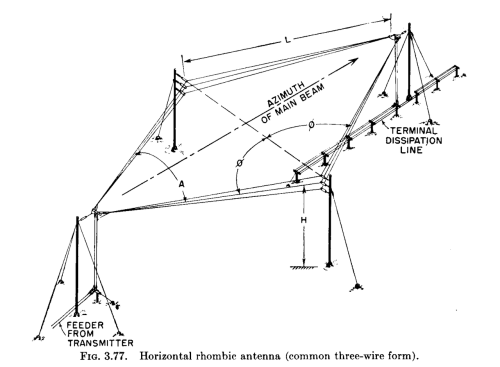
I received two Army Achievement Medals for my efforts at helping my unit accomplish its mission. I was instrumental in engineering a communications network that they had been attempting to secure for many years. In addition, I created an SOP (Standard Operating Procedures) manual including the use of Antenna and HF equipment to aid in engineering the communications network.
Connecticut
After spending a few years in Germany, I was finished in the military, and moved to Connecticut. I was hired by The Travelers as a programmer/analyst, and found out that my team leader was an Amateur Radio operator.
It was a natural progression for me to end up (finally!) licensed as a Novice-class amateur radio operator! The same year, I upgraded to the Coded Technician class. At that time, there was no such thing as a Technician Plus and No-Code Technician. There was just a Technician, which required 5 wpm code, and the Technician written element. My assigned, first call sign (as issued by the FCC after I passed the test elements) was, KA1VGL.
I loved getting on the transceiver (a Kenwood TS-520S that I bought from my co-worker), and doing CW Morse code, as well as 10 meter voice! The solar cycle was at a peak (this was 1989). I talked to the whole world on 10 meters Single Side Band (specifically, Upper Side Band, USB). I think I worked 67 countries! I was really excited! I also operated Morse code using CW (continuous wave modulation).
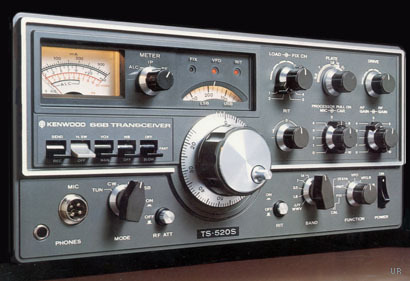
Montana
After a bit of time in Connecticut, I moved to Montana. I drove up to Canada, and then over to the Great Lakes, then made my way back into the States and over to Montana. I had a 10 meter rig (Radio Shack’s HTX-100), and talked again, all over the world from the car!

The trip included days when the Aurora (Northern Lights; Aurora Borealis) was active, and I could see them while being near the Great Lakes. Stations were active on 10 meters all night long, at times, during this trip! It was a very excellent experience. (And the Canadian Hams extended a lot of hospitality.)
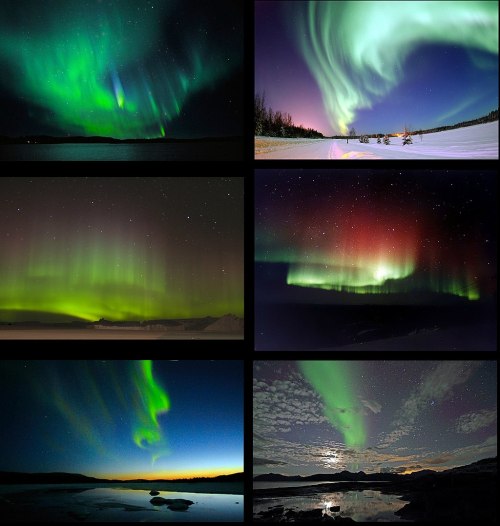
After settling down in Forsyth, Montana, I setup my radio shack with an end-fed long wire for most bands, and a vertical for 10 meters. I notified the FCC that I had a new address and location, and that I needed a new call sign to reflect my location. My first call, KA1VGL, was issued for the ‘1′ call area. Montana is in the 7 call area. Call areas (or districts) are geographical areas in the United States, numbered from 0 to 9.
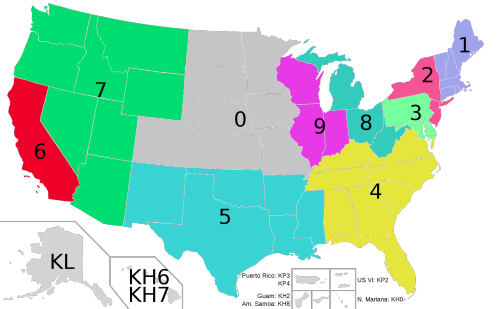
The FCC issued me my new call as, N7PMS. Since I was in Montana, I became known as “November Seven, Pesky Montana Skunk.” Better than other names… PMS.. caused a lot of conversation among the ham groups I visited on 75 Meters, for instance. The first 20 minutes would just be jokes about me and my call sign. It grew tiresome. I became aware of the amateur radio vanity call sign option offered by the FCC. I figured I would upgrade to a higher class (by passing code and written test elements), and then request a vanity call sign, just to get away from the N7PMS stigmatized call sign.
Washington
After about a year in Montana, I decided that I should head out to the state of Washington. My brother convinced me that there were more job opportunities. This was at the end of the Gulf War, and the economy was a bit slow, making it rough in Montana. My brother who was stationed in Washington (he was still in the US Army) told me that I ought to come to Washington as I might have a chance to work at Microsoft, or something along these lines (eventually, I did work with Microsoft).
Initially, I relocated to Olympia, the capitol city of Washington State. While in Olympia, on April 23, 1998, I upgraded to the Advanced amateur radio class. I also passed my 20 wpm code element for the Amateur Extra.

In June of 1998, I passed the written for Amateur Extra. I was very happy to finally obtain the Amateur Extra class license, as now I had access to the entire ham radio bands across the entire radio spectrum! It is great to be able to have use of all the radio frequencies assigned to the Ham Radio hobby.
On June 2, 1998, the FCC granted me a new Vanity Call. I was assigned, NW7US. This is a vanity call sign, one which I requested. I chose it to reflect that part of the United States that I really loved: From Montana to Alaska, and Washington, this new call sign reflects that I am in the North West area of the 7 call district, in the United States.
Right after the upgrade to Extra, I took a job with a start-up Internet company in Seattle, called, Greatergood.com and I was the primary Web Master and Programmer/Analyst during the first year or so. I relocated to the First Hill area in Seattle, just adjacent to downtown Seattle, but up the hill.

I spent a year working in downtown Seattle, but also working HF with my Outbacker portable antenna, and a Kenwood TS-830S, and an Icom IC-756 Pro II, and an Icom IC-706MKIIG, from my studio apartment on First Hill.
While I lived in Seattle, in a multi-floor apartment building, the antenna farm was mostly an Outbacker Marine (two section) mobile/portable vertical antenna, without the WARC bands, or one of five resonated Hustler mobile antennas. They are comparable in performance on 20 meters and higher. But on 80 and 40 Meters, the Hustlers seemed to perform just a bit better. However, I tended to use the Outbacker in the apartment setting more often due to its easier operation with my limited ground radial situation. On the car, I tended to favor the Hustlers. Occasionally, I used (you’ll love this) my patio railing , and the trim around my apartment. I was on the fifth floor apartment (top floor) with a great view of the Space Needle in Seattle, Washington.
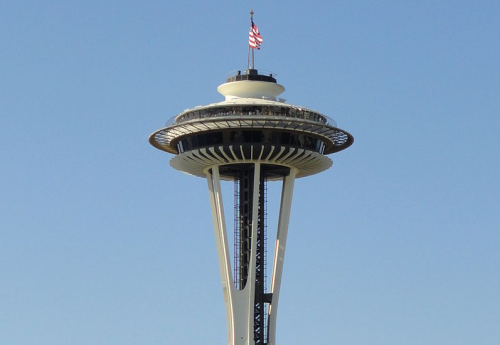
Using this compromise antenna configuration, I talked to Russian stations, over the North Pole, and many other stations around the world. It is amazing what one can do! Of course, I had to use the MFJ-1026 Noise Cancelling Phase Unit to cancel out the high noise I had there.
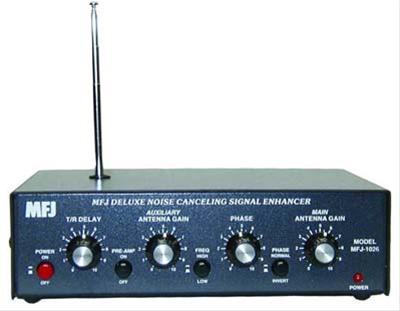
The Journey of DXing Since First Hill in Seattle
Eventually, I moved from First Hill, Seattle, to the Olympic Peninsula, to the small town of Brinnon, on the Hood Canal. There were many very tall trees, and I used them to raise a true wire antenna farm. I had dipoles for 160 Meters, and a fan dipole for 80 Meters through 10 Meters. OUr house was actually a tree house!
That was a fair place from which to chase DX stations, but I was located in a canyon. Thus in three directions, I had challenges due to the mountains blocking any low-angle take off of my radio signals. And, I could equally not hear signals that stations in Seattle could hear and work without any problem.
It was then that I started to write the monthly column on space weather and radio propagation, in CQ Amateur Radio Magazine, Popular Communications magazine, and CQ VHF magazine.
I also continued working on the oldest continuing non-governmental space weather and radio propagation website. I continue running that, to this day (started in the mid-1990s).
After a few years living there in Brinnon (where I remotely worked for Microsoft), I decided to use my savings and moved back to Montana, start a computer business, and buy a home with some land for antenna projects. Relocating to the Bitterroot Valley, I put up a nice 160-Meter doublet, and with an amplifier, worked many countries as I chased the DX.
A year into the new location, and the Internet bubble burst. The housing market crashed. The economy was in a very bad shape, and the unemployment in my area of Montana climbed to 30-some percent as mills closed down! Even the county ran out of money and laid off a third of all personnel (closing the Juvenile Detention facility, down-sizing every department, and so on).
I high-tailed it to Nebraska. Omaha had one of the lowest unemployment figures, so it seemed a good choice. I found a programming job, and settled down. Overall, I worked in several software programming companies in Omaha, while enjoying DXing from the suburbs using a SEA automatic antenna tuner and a random length of wire (about 100 feet).

A number of years later, I moved to Lincoln, Nebraska. At our new home, I used the same antenna as used in Omaha. I worked at two different companies while living in Lincoln, including TD Ameritrade. I crafted software for many different tasks and systems. But, I also continued my radio journey.
For the sake of family, after Covid hit and it was possible to work remotely, I moved to Ohio. Here in Ohio, I have a 220-foot doublet antenna, fed by a 450-ohm ladder line, connected to the rig through a balun and a run of 50-ohm coax. I have increased my DXCC to over 200 confirmed countries, as I write this entry in my blog. My plan is to build a two-wavelength 160-Meter horizontal loop, raised up to about 80 or 90 feet.
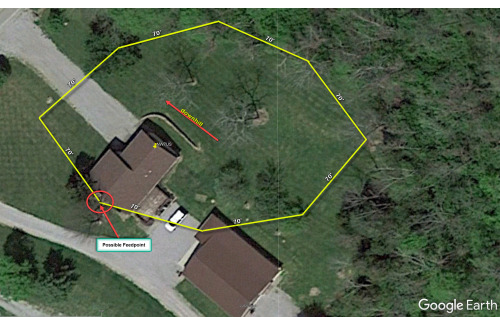
My current transceiver is the Icom IC-7610. What a great radio! I can hear stations that are very weak, and actually work them! The current doublet is working quite well, and I have no local noise problem.
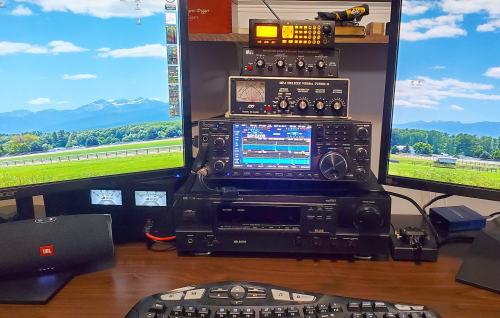
Check out the QSO Today interview in which I was asked about my journey, and my passion for space weather and radio propagation. It is Episode 184, with host Eric Guth, 4Z1UG: https://www.qsotoday.com/podcasts/nw7us
Check out the Rain Report interviews, too. I will update this blog entry when those interview segments are posted on line later in December, 2021. The host is Hap Holly.
Stay Tuned to the Blog, to hear more about my journey, and about space weather. Thank you for being a friend. I hope to chat with you on shortwave, on some ham band, using some mode!
73 de NW7US dit dit




















